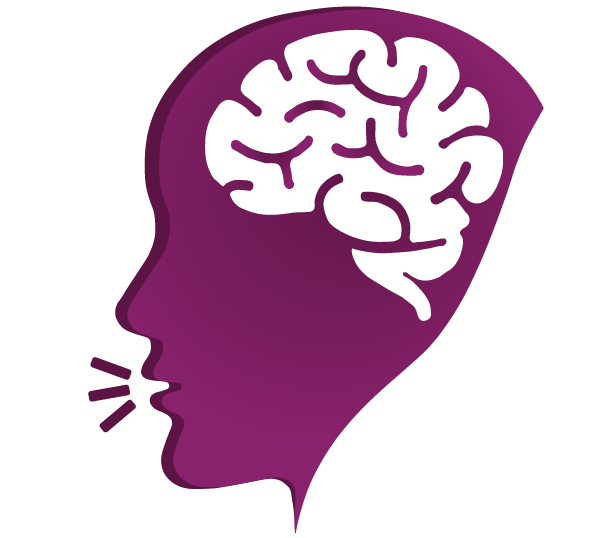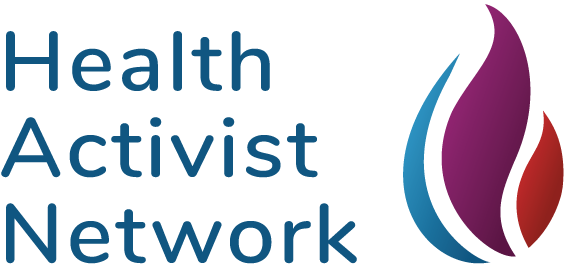 Adolescent Behavioral Health
Adolescent Behavioral Health
Strengthening Mental Health and Substance Use Services for Teens in Crisis
Together we are working to improve access to timely, effective, and well-coordinated services for adolescents experiencing a mental health or substance use crisis.
The Problem
How a society helps those most at-risk navigate the journey into adulthood, particularly when it is roughest, predicts that society’s future. Here in the United States, the future is more uncertain than ever.
One in five adolescents in the U.S. has a behavioral health condition. Suicide is now the second-leading killer of teens nationwide; rates for girls are at a 40-year high. In Pennsylvania, just over a third of all adolescents with a major depressive episode received treatment in the past 12 months. One out of every seven middle school and high school students reported self-harm behavior in Pennsylvania in the past year.
Too often, teens and families who are coping with a mental health or substance use crisis can’t access the right service, at the right time. Families may wait for ten hours or more to get their teen evaluated during a crisis, only to be told that there are no hospital beds available unless they travel to a distant city. They may wade through directories of support services that aren’t current, only to find no outpatient services openings, no immediate support services, or no insurance coverage when openings occur. The teen may drop out of school, or get expelled, while the family pleads for help.
We simply have not invested in the mental health of our teens. We have a broken safety net because we have not provided enough services, trained enough therapists and support staff, or built enough centers to help teens and families cope.
There are policy, regulatory and educational solutions, but we’ll need to work together to achieve them. We can save teens in crisis.
The data driving us:
- Suicide is the second leading cause of death among adolescents, aged 15-24, in the U.S. (CDC)
- Nationally, 21% of 13-to -18 year olds experience a seriously debilitating mental disorder in their lifetime, and 46% experience a mental disorder in their lifetime (National Institute Mental Health)
- In Pennsylvania, 15.1% of middle school and high school students reported self-harm behavior in the past year (PA Youth Survey)
- In Pennsylvania, 16% of middle school and high school students seriously considered attempting suicide in the past year, and 9.5% attempted suicide. The rate for attempted suicide is 4.6 times greater among those who report cyberbullying compared to those who do not (PA Youth Survey).
- In Pennsylvania, 38% of adolescents in middle school and high school reported feeling depressed or sad most days in the past 12 months (PA Youth Survey)
- Just 39.3% of all adolescents in Pennsylvania with a major depressive episode received treatment in the past 12 months (SAMHSA)
- Young adults with a mental illness are less likely to receive mental health services than older adults (33.6% of 18-25 year-old receive mental health services, compared to 44.2% for 26-49 year olds and 49.9% for those age 50 or older) (SAMHSA)
- Only 58% of those age 17 or younger in Pennsylvania reported feeling positive about the outcome of the treatment they received in the public mental health system, compared to 70% nationally (SAMHSA)
